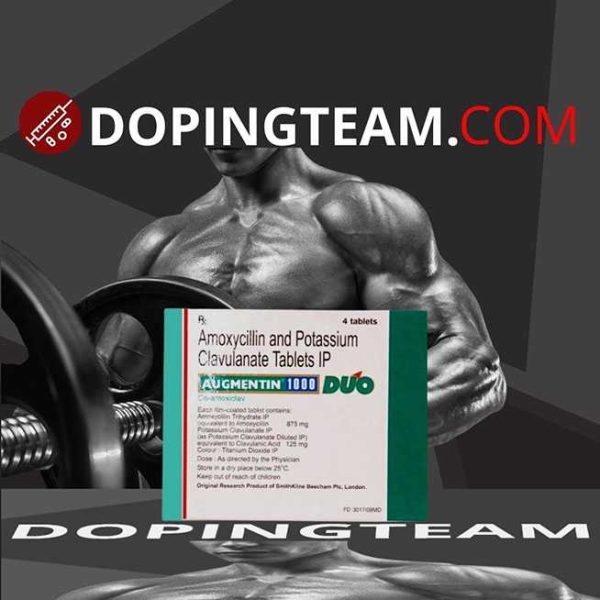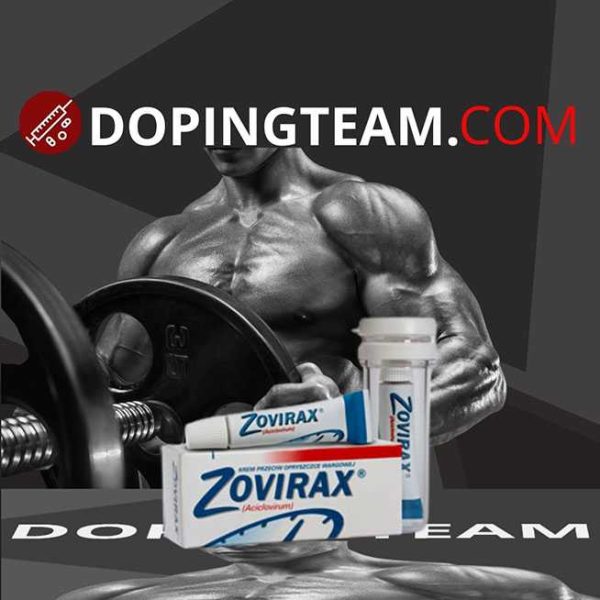Description
International Nonproprietary Name
Azithromycin
Dosage form
Powder for the preparation of the suspension for ingestion 100 mg / 5 ml, 200 mg / 5 ml
Composition
5 ml of the suspension contains
active substance – azithromycin monohydrate 102.40 mg or 204.80 mg,
auxiliary substances: sucrose refined, sucrose powder, xanthan gum, hydroxypropyl cellulose, trisodium anhydrous phosphate, colloidal anhydrous silica, aspartame, caramel cream, titanium dioxide (E 171).
Description
Powder from white to almost white, with a fragrant smell. The prepared suspension is a homogeneous suspension from white to almost white, with a fragrant smell, from a sweet to slightly bitter taste.
Pharmacotherapeutic group
Antibacterial drugs for systemic use. Macrolides, lincosamides and streptogramins. Macrolides. Azab 100.
ATX Code J01FA10
Pharmacological properties
Pharmacokinetics
After a single oral administration, the bioavailability of azithromycin is 37%. The maximum concentration of azithromycin in the blood plasma is achieved in 2-3 hours after administration.
After oral administration, azithromycin is rapidly distributed in tissues and body fluids. It penetrates well into the respiratory tract, organs and tissues of the urogenital tract, into the skin and soft tissues. It accumulates intracellularly, as a result of which the concentrations of azithromycin in tissues are much higher (by 50 times) than in plasma, which indicates a high affinity of azithromycin for tissues and a low binding of azab 100 to plasma proteins.
The concentrations of azithromycin in the target organs (lungs, tonsils, prostate gland) exceed MIC90 for pathogenic microorganisms after taking a single dose of the drug 500 mg. Azithromycin is accumulated in large amounts in phagocytes. Phagocytes transport the drug to the site of inflammation.
The elimination half-life is from 2 to 4 days.
About 12% of the administered dose of azithromycin is excreted in the urine unchanged for the next 3 days. Especially high concentrations of unchanged azab 100 have been detected in bile. Identified 10 metabolites that are formed with the help of N- and O-demethylation, hydroxylation and other metabolic transformations. Appropriate studies have confirmed that the metabolites of azithromycin do not exhibit antimicrobial effects.
In patients with mild to moderate renal failure (creatinine clearance 10-80 ml / min) who took 1 g of azithromycin, the mean Cmax and AUC0-120 once increased by 5.1% and 4.2%. In patients with severe renal failure, the mean Cmax and AUC0-120 increased by 61% and 35%, compared with people with normal renal function (creatinine clearance> 80 mL / min).
In patients with mild to moderate hepatic impairment, there is no evidence of a pharmacokinetic change in azithromycin compared to patients with normal liver function. In such patients there is an increased excretion of azab 100 in the urine, possibly to compensate for a decreased hepatic clearance.
The pharmacokinetics of azithromycin in elderly and young patients are the same. However, the maximum concentration of azithromycin in the plasma was higher (by 30-50%) in elderly patients, but no accumulation was observed.
Pharmacokinetics was studied in children aged 4 months to 15 years who took capsules, granules and suspension. At a dose of 10 mg / kg on the first day, followed by a dose of 5 mg / kg from day 2 to day 5, the Cmax achieved was slightly lower than in adults.
Pharmacodynamics
Active substance of the drug azab 100- azithromycin is a broad-spectrum antibiotic, the first representative of a new subgroup of macrolide antibiotics – azalides.
It has a bacteriostatic effect, but when creating high concentrations in the focus of inflammation, it causes a bactericidal effect.
The mechanism of action is based on inhibiting the synthesis of proteins in bacteria by binding to 50-S ribosomal subunits and preventing the translocation of peptides.
Sensitive strains
Gram-negative aerobic microorganisms : Haemophilus influenzae, Moraxella catarrhalis
Other microorganisms: Chlamydia pneumoniae, Chlamydia trachomatis, Mycobacterium avium, Mycoplasma pneumoniae, Legionella pneumophila
Strains, the acquired resistance of which, can cause difficulties
Gram-positive aerobic microorganisms : Staphylococcus aureus, Streptococcus agalactiae, Streptococcus pneumoniae, Streptococcus pyogenes
Other microorganisms: Ureaplasma urealyticum
Resistant strains
Gram-positive aerobic microorganisms : Staphylococcus aureus – strains resistant to methicillin and erythromycin, Streptococcus pneumoniae – strains resistant to penicillin
Gram-negative aerobic microorganisms : Escherichia coli, Pseudomonas aeruginosa, Klebsiella spp., Bacteroides fragilis
Indications for use of Azab 100
Treatment of infectious diseases caused by microorganisms sensitive to azithromycin:
- acute bacterial sinusitis (duly diagnosed)
- acute bacterial otitis media (duly diagnosed)
- pharyngitis, tonsillitis
- exacerbation of chronic bronchitis (duly diagnosed)
- community-acquired pneumonia from moderate to severe
- skin and soft tissue infections
- uncomplicated urethritis and cervicitis caused by Chlamydia trachomatis
The therapeutic recommendations on the proper use of antibacterial drugs should be strictly observed.
To prepare 20 ml of suspension (for a dosage of 100 mg / 5 ml), it is necessary:
- shake dry powder thoroughly in a vial;
- open the lid of the vial and place the adapter in the neck of the vial;
- draw in a syringe 10 ml of cooled boiled water;
- place the tip of the syringe in the adapter;
- add 10 ml of water from the syringe and shake well until a homogeneous suspension is obtained from white to almost white.
Side effects of Azab 100
Side effects are given according to their frequency: very often (≥1 / 10), often (≥1 / 100, <1/10), not often (≥1 / 1000, <1/100), rarely (≥1 / 10,000 , <1/1000), very rarely (<1/10 000), the frequency is unknown (it is impossible to estimate from the available data).
- diarrhea, abdominal pain, nausea, flatulence, gastrointestinal discomfort, mild stools
headache
- vomiting, indigestion
- a decrease in the number of lymphocytes, an increase in the number of eosinophils, basophils, monocytes and neutrophils
- anorexia
- blurred vision
- deafness
- itching and rashes
- arthralgia
- fatigue
- a decrease in the level of bicarbonate in the blood plasma
Contraindications Azab 100
- increased sensitivity to azithromycin and other antibiotics of the macrolide group or any of the excipients
- severe violations of the liver and kidneys
- rare hereditary forms of intolerance to fructose, a deficiency of sucrose-isomaltase or a syndrome of glucose-galactose malabsorption (due to the content of sucrose)
- phenylketonuria (due to the content of aspartame)
Overdose Azab 100
Symptoms : reversible hearing impairment, alopecia, nausea, vomiting, diarrhea.
Treatment : gastric lavage, the use of activated charcoal, if necessary, symptomatic treatment aimed at maintaining the vital functions of the body.
Form of production and packaging
For 16.50 g of the preparation (for a dosage of 100 mg / 5 ml) in bottles of high-density polyethylene with a capacity of 30 ml and 24.80 g of the preparation (for a dosage of 200 mg / 5 ml) in high-density polyethylene bottles with a capacity of 60 ml, with a screwed cover with protection from opening by children and a ring of the control of the first opening.
Storage conditions
Store at a temperature not exceeding 30 ° C.
Keep out of the reach of children!


